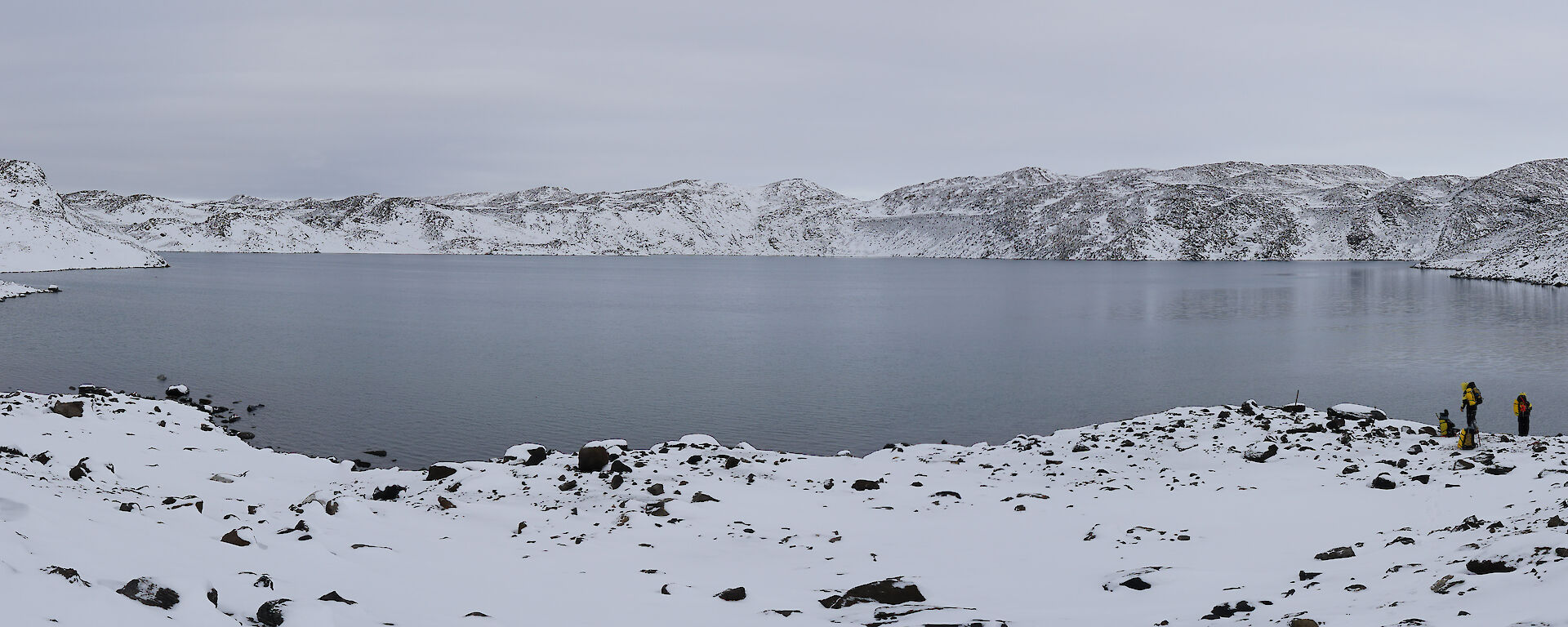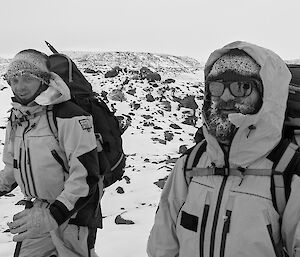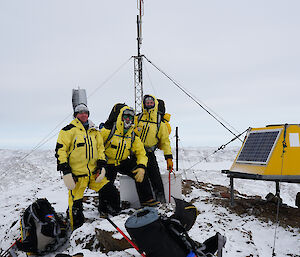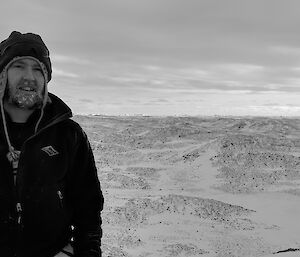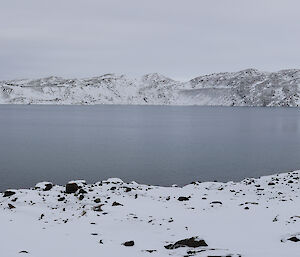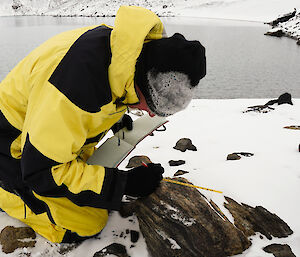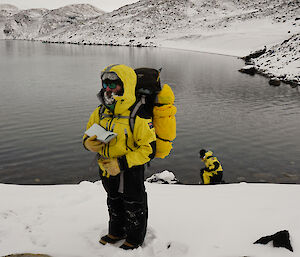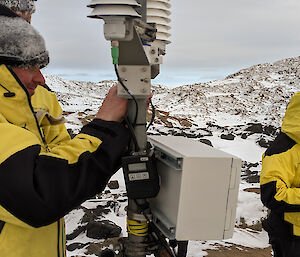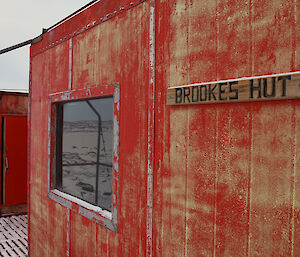Last week a group of four Davis expeditioners set off on a trek to enjoy the outdoors and complete three important tasks. With sea ice travel not quite ready, foot travel remains the only way to get out and about, so Luke, Ryan, Matt and Joe prepped themselves thoroughly and set off into −22°C temperatures to complete the work!
First up was to summit Tarbuck Crag. At 140 metres Tarbuck is a high feature in the Vestfold Hills and a perfect spot for our VHF field repeater, providing critical support to our field communications capabilities. With the wind chill reaching -30°C our stops throughout the day were kept as brief as possible - a few quick checks to ensure everything was in order, a moment to take in the sights and we were mobile again.
Next stop was Deep Lake for our polar science tasking, to record water temperature and depth. A hypersaline lake at 10 times (!) more salinity than the ocean, Deep Lake is quite unique in the Vestfold Hills. Davis expeditioners have been recording measurements at Deep Lake monthly since 1976!
Being so salty it has never been known to freeze, and is believed to be the only lake in Antarctica with this characteristic, making it a valuable climate record. Water temperatures on this visit were recorded at −4°C with freezing usually occurring at −1.8°C. Another fun fact is that Deep Lake’s high water mark is 51 metres below sea level!
Lastly we stopped off at a more recent installation. Located 400 metres from Brookes Hut is an instrument site collecting data on airborne particles for the AAD's year round aviation project. While the site has a collection of automated instruments that continuously log data, a part of the study requires an air sample to be taken manually at the end of each month.
A small pump is used to draw air through a filter disk which will later be analysed to determine the makeup of airborne particles. The sampling runs for as long as the battery will last at such low temperatures, usually around 10 to 14 hours. Brookes Hut is the perfect spot for an overnight stay before we retrieved the equipment and bee-lined back to station.
With the sea ice starting to form, we’ll soon be getting this work done with the assistance of quad bikes and Hägglunds tracked vehicles. This mission was particularly rewarding to achieve all our tasks on foot and experience some truly Antarctic conditions on the way.
Matt Gledhill — SCTO 2019

